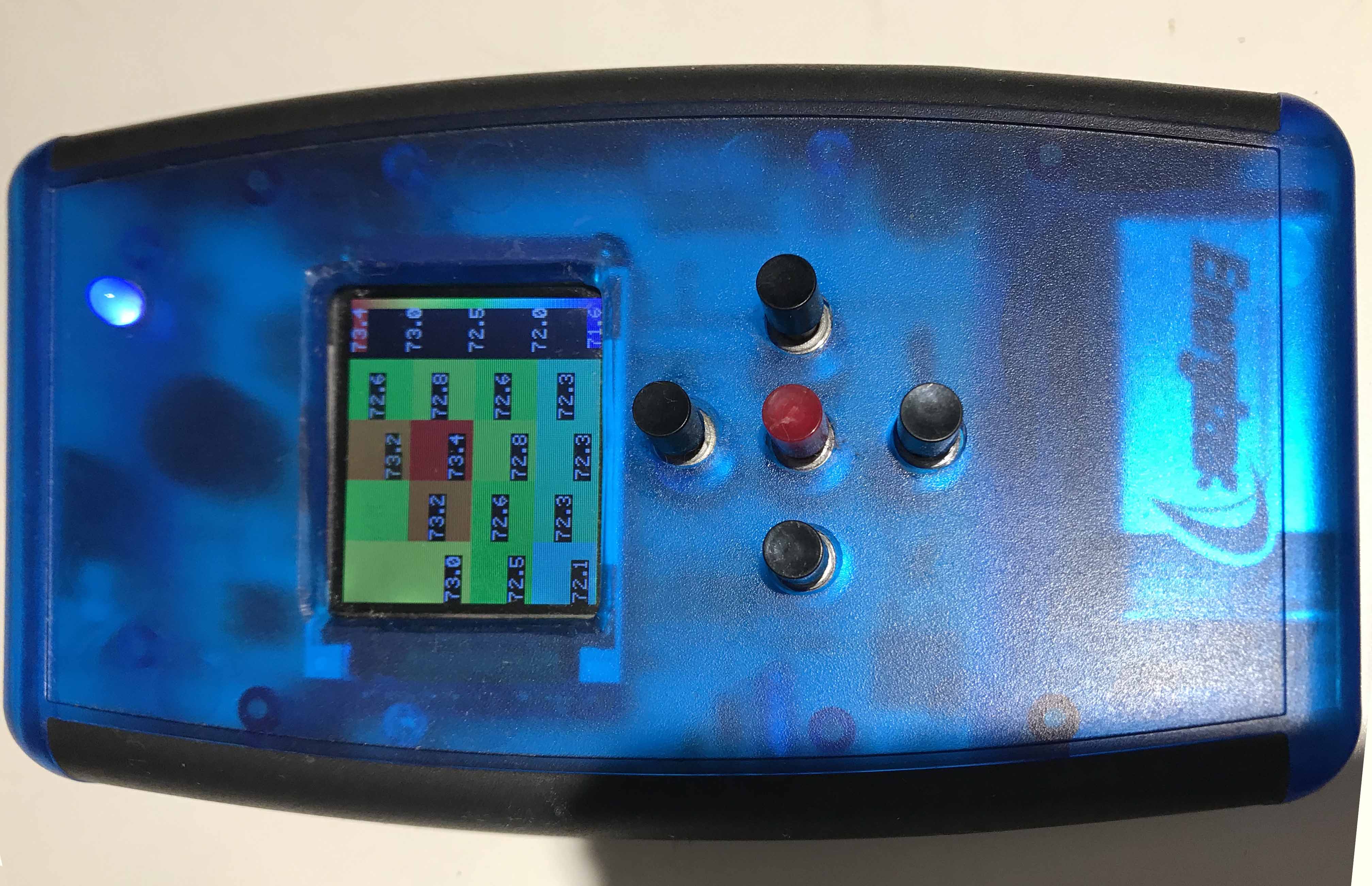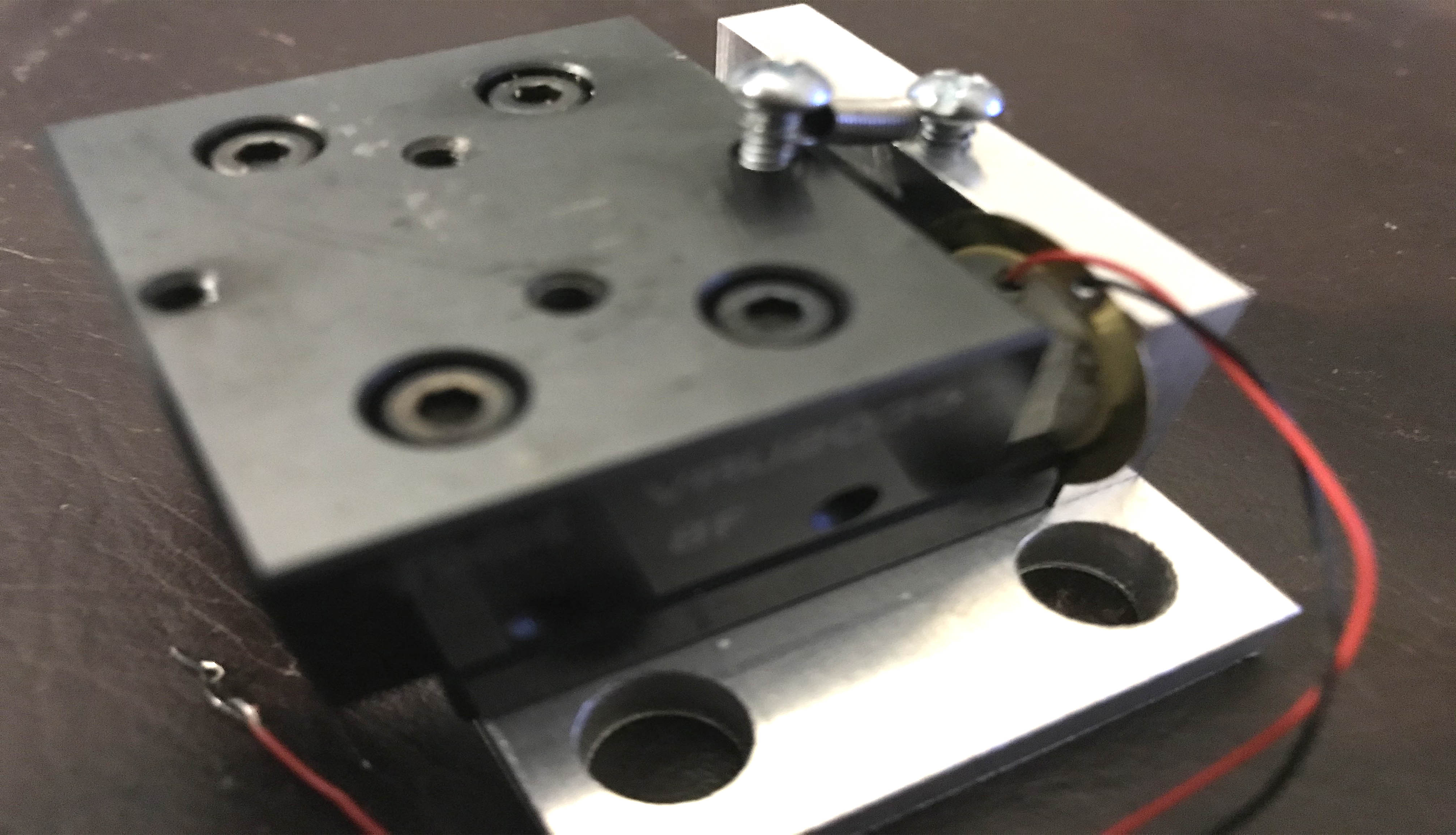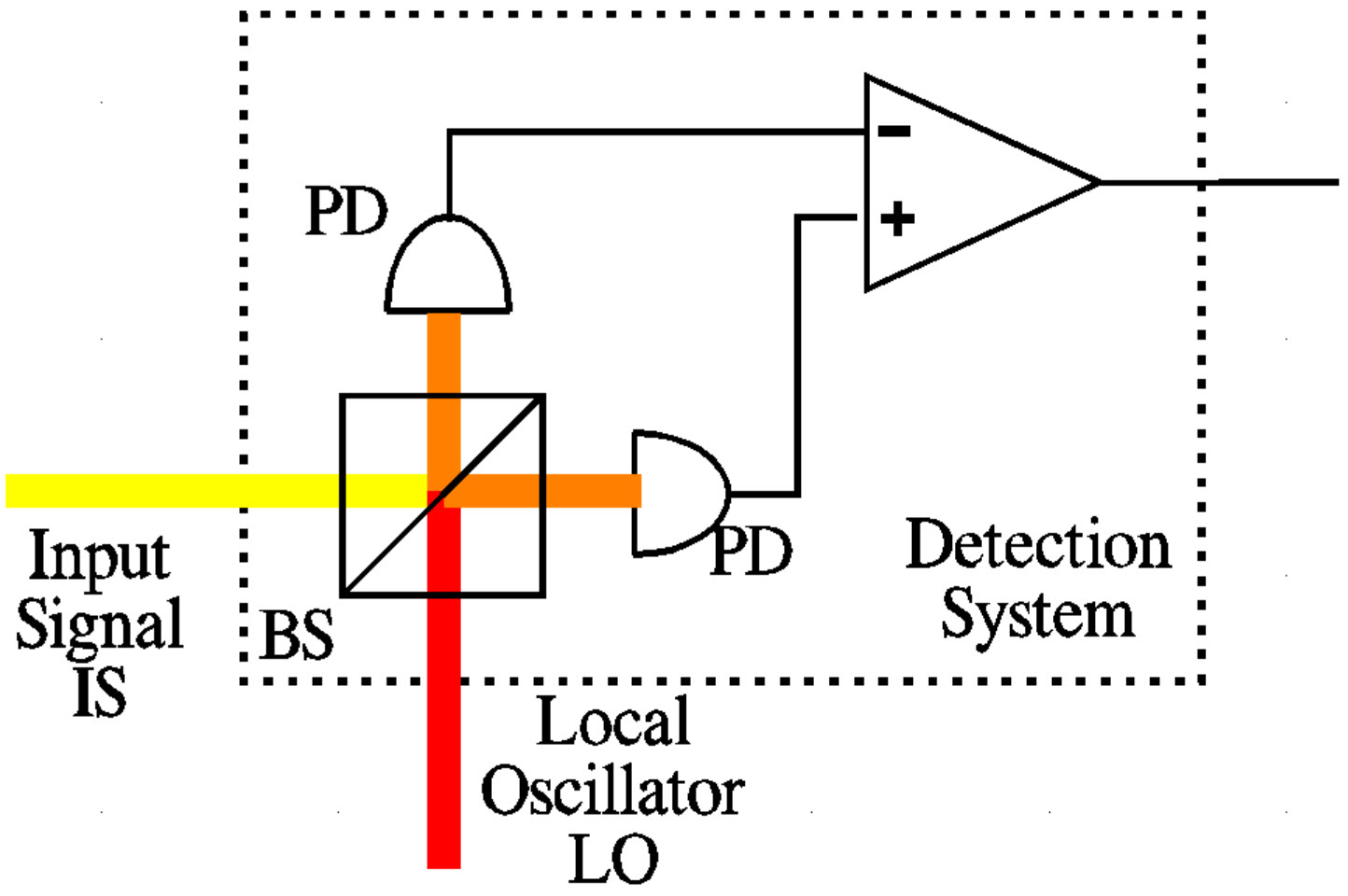



ALL engages in various projects ranging from those for research to others for the private experimenter. The list below provides example projects for the private experimenter that answer the question 'Does it work?' and thereby allows much room for improvement by the reader. The ALL website provides full details. Please be aware that the current website is being rennovated and the projects and the complete list of projects will be listed as time permits. A few sample place holders appear below.

Graph Tracing Software
An alpha version for tracing graphs from PDF or picture formats. Many spec sheets for electronic and optical components include plots of calibration date to the typical unit. For lab applications that don't require precise in-house calibration procedures, the manufacture data often proves to be sufficient provided a person can accurately read the plots. The Graph Tracing software helps remove the guess work while automating the extraction of calibration data by tracing over the existing plot and saving the data to a file.
The trial version works well for most graphs. It has some capability of auto-tracing across gaps as well as allowing the manual placement of points for the trace jump points. The software provides edit functions to straighten axes, simple methods to enter graph scaling, tracing options for color and regression methods for jumping gaps, routines to save and redisplay traced data and methods to read values from the traced graph.

Multi-Pixel Infrared Sensor for body heat
The MPIR operates as a low resolution IR camera by using the OMRON D6T-44L sensor that provides features somewhat similar to the famous FLIR imaging units. In principle, the MPIR can view and detect a variety of objects and conditions such as people and animals in dark places (need a better mouse trap?), fires, faulty electrical breakers and sockets, wall moisture that can lead to mold, areas of heat loss in houses and buildings, recent hand and foot prints, recently used electronic equipment, and intruders, in addition to controlling lights and appliances. The MPIR features (i) custom averaging routines to provide ultrasensitive detection of changes in temperature, (ii) built-in alarm modes for use as portable personal security in homes, hotels, and camping, (iii) an output jack with TTL Level triggering, and (iv) internal 9V battery (runs up to 10 hours) or an AC adapter.
The MPIR has an intruder mode capable of detecting motion slower than 1inch in 10 seconds. It has an instantaneously setable color scale and can optionally display the temperatures in the applicable temperature areas. The unit display can be set to hold. The display can be switched off for increased battery life and for a non-visual mode when used for intruder detection. It accurately measures temperature across a surface to within 0.5C because of its black body emission sensing capability. The unit has an 1/8 inch output jack for controlling external equipment as well as a configurable internal beeper.

Nanometer control on a budget
In a pinch, accurate control to the 10-100 nm level can be obtained by placing simple piezo electric elements - the type costing a few dollars - in a translation stage. For comparison, the Lab page shows micropositioners made from flex stages and selonoids for positioning to the micron level and better. Both types require under 15V for control.
Although it might seem unfair, electronic components are only a small fraction of the price of optical ones. For one thing, optical componets are generally not integrated and second they are primarily mechanical in nature. With relatively simple materials, it is possible to construct a great many components such as lens holders, prism stages, filter holders, posts and holders, translation stages, rotation stages, optical tables with 1/4-20 holes (although its better to buy a small one), and even simple visible spectrometers. It helps to have an inexpensive metal milling machine, metal lathe and drill press (such as from Harbor Frieght) although they are not absolutely necessary.

Optical Homodyne and Heterodyne Detection
The optical heterodyne detector has a number of applications including the observation of slight frequency or phase differences between two input signals. The Balanced Homodyne Detector (BHoD) shown in the figure provides the capability of examining various modulations of the input signal (e.g., noise for quantum squeezed states) with respect to the local oscillator. The BHoD provides a special case of the heterodyne detector whereby the input and local oscillator (LO) signals derive from the same optical source and have the same frequency. The central 50-50 beamsplitter mixes the two input singals and directs them to photodiodes. The differencing amplifier removes common power elements (fields squared) but amplifies the remainder - the field cross terms (the beam splitter inverts the phase on reflected output arm). Some important optical systems and interesting experiments use these types of detection systmes.